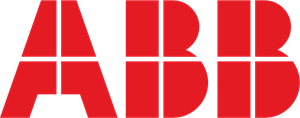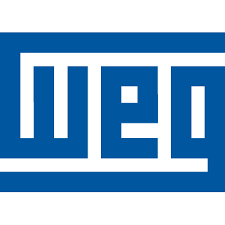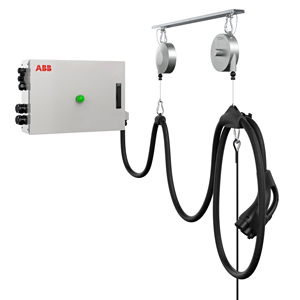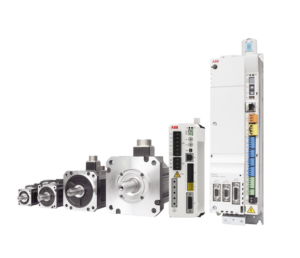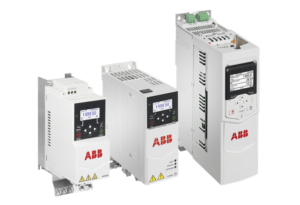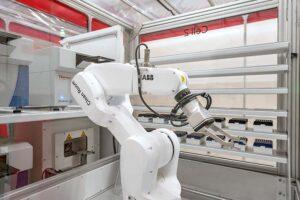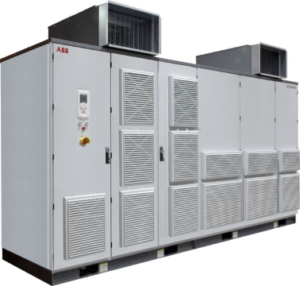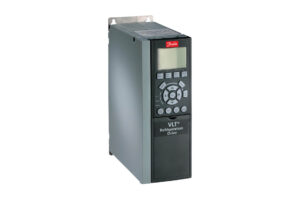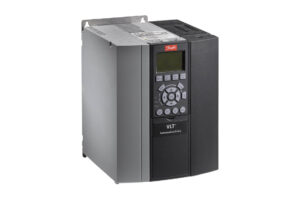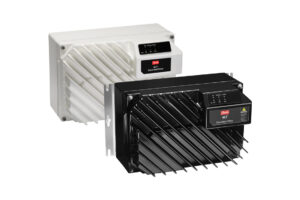High-Quality Controls: Reliable & Efficient Solutions for Industrial Systems
Motor controls therefore play an important role in industrial automation in that these allow better efficiency, safety, and reliability in machinery operation. Hence, the electrical motor controls ensure a continuance of steady, high-performance operations in industries by precisely controlling the functions of motors such as speed and torque.
AMED-US provides the highest level of industrial motor control services for better productivity and safety with reduced energy consumption and less downtime. For various industries, including manufacturing, energy, and automotive, AMED-US offers reliable control systems that are specifically designed to meet the unique needs of each sector.
Types of Controls
With Amed-US, one can tap into a broad portfolio of motor control solutions that help attain high performance and reliability across diverse industrial applications. An overview of some of the key controls they offer is presented below.
Servo Motor Drives
Servo motor drives are applied in applications that require very precise regulation of the speed of the motor, torque, and position. These drives find major applications in environments where accuracy is required at a very high degree of level; hence, these are being largely applied in manufacturing, robotics, and automation in which the areas of precision and responsiveness form an indispensable part of these processes. Servo drives have specific applications in tasks involving CNC machining, robotic arms, and automated assembly lines, where even minor deviations result in errors.
Machinery Drives
Machinery Drives are designed to meet the most challenging industrial applications. For heavy machinery, these drives offer solid, dependable control over complex industrial processes. They are designed to withstand very unfavorable conditions of temperature, dust, and vibration; as such, they ensure smoothening and safety of machinery operation. Machinery drives optimize energy consumption and process efficiency while finding wide applications in mining and steel production, along with large-scale manufacturing.
HVAC Drives
HVAC drives represent a specific class of motor drives dedicated to serving heating, ventilation, and air conditioning systems in commercial and industrial buildings. By regulating the speed of HVAC motors according to runtime demand, these drives improve energy consumption and ensure better temperature control for buildings. Capable of saving as much as 50% of consumed energy, HVAC drives are crucial to attaining cost efficiency and environmental sustainability.
General Purpose Drives
General Purpose Drives are very versatile motor control products applied in a wide variety of applications. They provide general-purpose drive applications with versatile motor control for standard tasks that provide consistent performance for conveyor, pump, fan, and mixer applications. They are designed for everyday use in industry to make motors run both efficiently and reliably. General-purpose drives are cost-effective and easily integrated into business applications where one wants a general solution for standard motor control needs without complication required in specialized applications.
Refrigeration Drive
It integrates an optimized design for applications in the refrigeration and cooling system for maximum efficiency and energy savings. These drives regulate the compressor speed and, therefore, are critical in maintaining desired levels of cooling in refrigeration systems used in food processes, pharmaceuticals, and cold storage. By optimizing the function of the compressor, refrigeration drives minimize energy consumption, reduce operating costs, and maximize the life of refrigeration machinery.
Lift Drive
Lift drives are designed to provide smooth, efficient, and safe operation for elevators and lifts. The motor drive will provide precise speed control to softly accelerate or decelerate the lift for reduced mechanical stress and increased passenger comfort. In addition to the dependable control provided, safety features will be addressed in the design of the lift drives to prevent any sudden drops or stops of the elevator, hence warranting the safety of the ride.
Decentral Drive
Decentral Drive offers a flexible motor control solution by having the drive located directly near the motor, limiting extensive wiring and thus simplifying installation. This decentralized concept guarantees higher efficiency in distributed systems where many motors operate together. Decentral drives offer ideal solutions to many industries with localized control needs, including material handling, packaging, and automotive assembly that enhance the responsiveness of systems while reducing the complexity and cost of traditional centralized control systems.
Aqua Drive
Aqua Drives find their main applications in water treatment and pump systems, making an important impact on flow and pressure control in water applications. These drives help regulate pumps in irrigation, water distribution, wastewater treatment, and desalination plants. Aqua drives reduce energy consumption and operation costs considerably by adjusting pump speed to meet demand levels while sustaining the pumps through reduced wear from excessive pressure and flow fluctuations.
WSES Soft Starters
WSES soft starters are designed to ramp the motor speed up and down during start-up and shutdown. This decreases the inrush current which often causes mechanical stress and damage to motors. This creates a controlled acceleration, which is very important in applications containing heavy starts and stops, such as conveyors, pumps, and compressors. WSES soft starters have perfect applications in industries that require smooth, reliable motor operation without mechanical shock from an electric start.
AMED-US ensures that each one of these motor control solutions is designed to effectively meet specific industrial demands, enhancing overall system performance and reliability.
Why Choose Controls of AMED-US?
With years of experience in the industrial automation sector, AMED-US has gained a good name in this field with its reliable and advanced solutions for motor starter controls. Great experience in product development guarantees that every product will reach the highest possible level of performance and durability, backed by rigorous quality control during manufacturing. This commitment to excellence ensures that the products from AMED-US will be long-lasting and their performance will always remain high, even under extreme conditions within an industrial setting.
Along with the top-level products, AMED-US as a distributor of motor controls is also providing its customers with aftersales technical support and maintenance at a level that is not seen anywhere. The professional crew makes sure to continuously assist the customer in every respect, right from the installation to problem-solving, which very effectively brings up the time and effectiveness of system use.
AMED-US also realizes that no business is like any other. They custom-fit solutions to the needs required in an industry and operation. From manufacturing to HVAC, even water treatments, AMED-US works directly with their clients to design advanced electrical & motor controls systems to perfectly match their requirements for optimal performance and ultimate long-term success.
OUR SERVICES

